The company has said that Tesla owners will eventually be able to transform their own cars into self-driving taxis that can collect fares while they’re not being used. But the company released no timeline Sunday for that plan.
Tesla’s driver assistance technology has been the subject of federal safety probes, two recalls, and customer complaints related to reports that the vehicles suddenly brake for no apparent reason and can collide with stationary objects—including emergency vehicles. That tech, which includes the older Autopilot feature and the newer Full Self-Driving (Supervised) feature, is distinct from Tesla’s autonomous features. With the assistance features, the drivers are required to stay behind the wheel and keep their eyes on the road at all times. Autonomous features don’t require any driver action or attention.
Issues with those older technologies raise questions about the safety of Tesla’s new autonomous tech, says Sam Abuelsamid, an auto analyst who focuses on autonomous technology at Telemetry Insight. Full Self-Driving (Supervised) “will work fine for perhaps hours at a time and then randomly make very serious mistakes in ways that are not necessarily repeatable,” he says.
Unlike other autonomous technology developers, which use a number of pricier sensors to detect obstacles around their vehicles, Tesla depends only on cameras. Some experts have cast doubt on that choice, which could potentially lead to issues with sun glare and has been blamed for previous Tesla collisions with emergency vehicles. But financial experts say the approach could give Tesla an advantage in getting its less expensive tech in the hands of consumers more quickly.
Tesla did not respond to questions about robotaxi safety. Musk said earlier this month that the company is “being super paranoid about safety.”
Heavy Traffic
Tesla enters a suddenly busy American autonomous vehicle space. Waymo first launched a driverless service in metro Phoenix, Arizona in 2020, and now operates in parts of the San Francisco Bay Area, Los Angeles, and Austin. It is slated to soon open service in Atlanta, Georgia, and Miami, Florida, where customers can order a Waymo using the Uber app.
Amazon-owned Zoox says it will launch its own autonomous service in Las Vegas later this year. May Mobility is aiming to offer rides around Atlanta through the Lyft app this year. VW’s Moia subsidiary announced this spring that it would launch a self-driving service in Los Angeles in 2026, also on the Uber app.
The experiences of those companies show that Tesla has several logistical hurdles to jump before its robotaxi service expands widely. There are the human roles: Remote assistance workers might be on hand to help confused riders remotely; maintenance workers might repair cars during their downtime; cleaners might clear away trash, lost items, or anything worse left behind by riders.
There are infrastructure needs, too. VW’s Moia has operated an electric ride-sharing service in Hamburg, Germany since 2019, using that experience to prep for eventual driverless cars. The firm has determined that it will need a well-developed and decentralized footprint across any city it services. Scattered depots will “host the vehicles and provide charging and maintenance infrastructure, and also the opportunity to do constant safety checks for the vehicle,” says Sascha Meyer, the company’s CEO.
In other words: There’s a big difference between a handful of self-driving cars and a self-driving service.

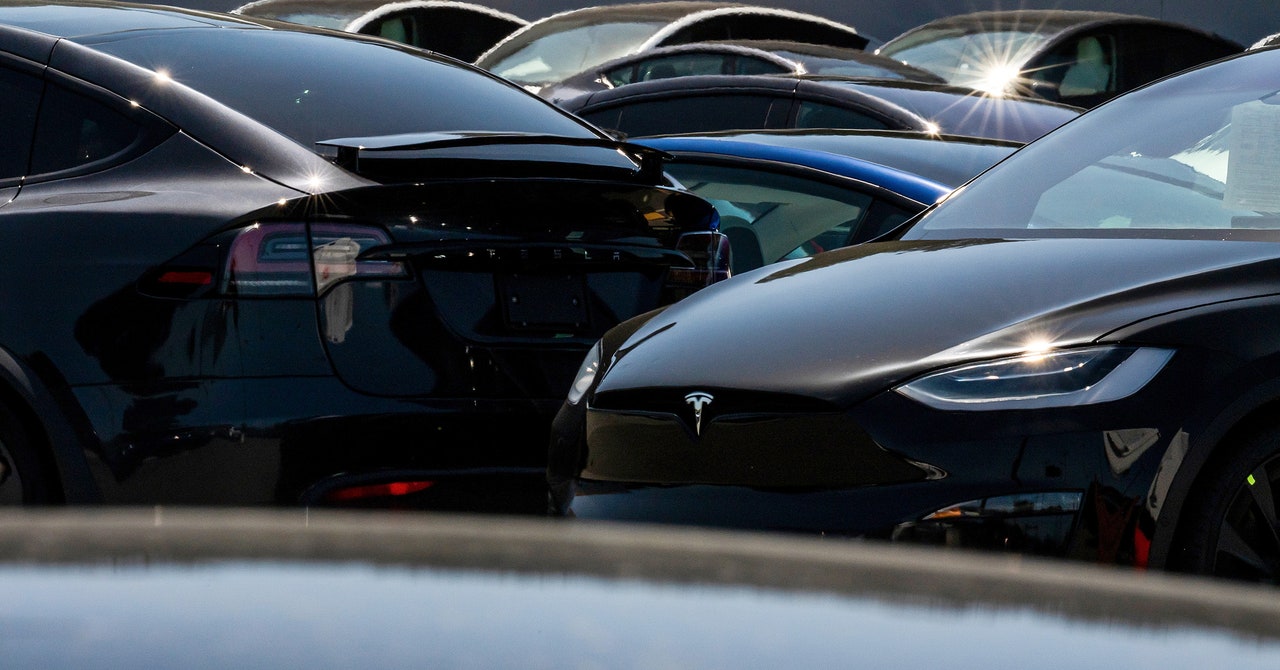

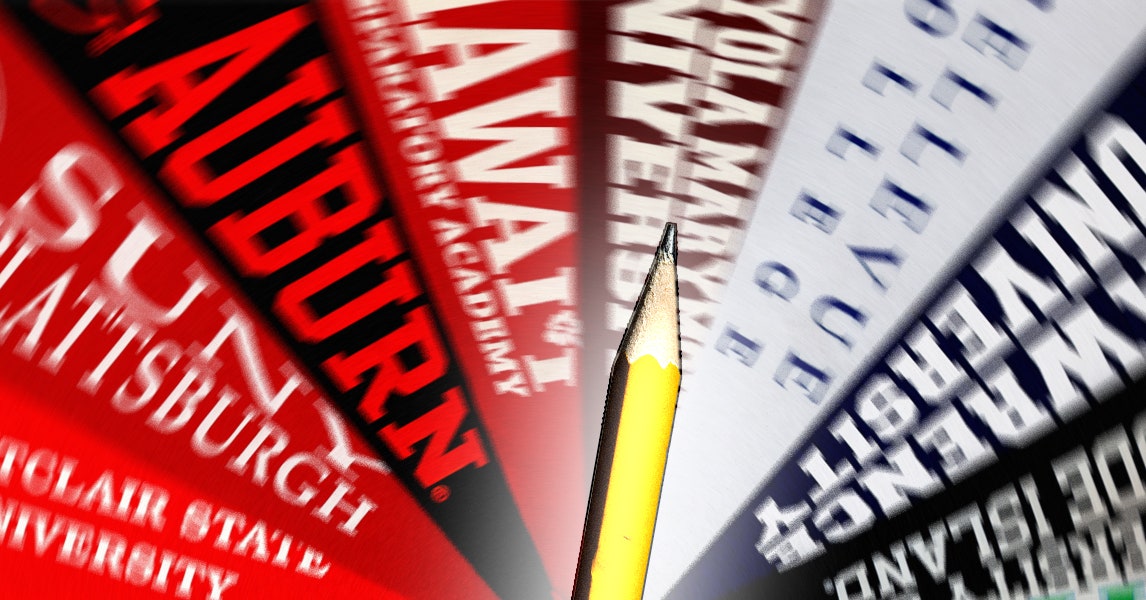


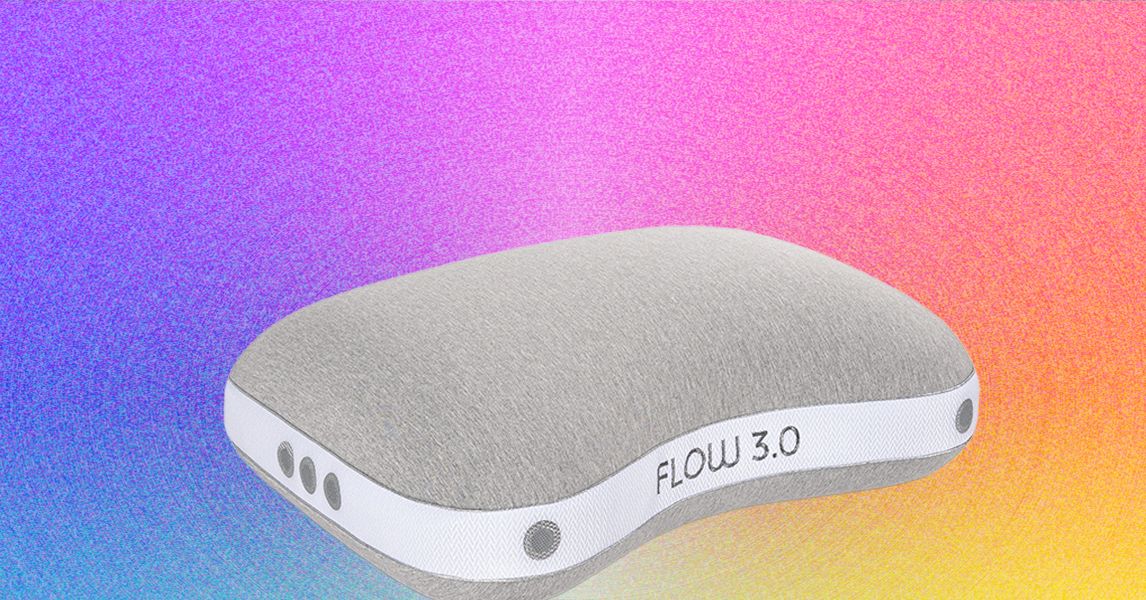
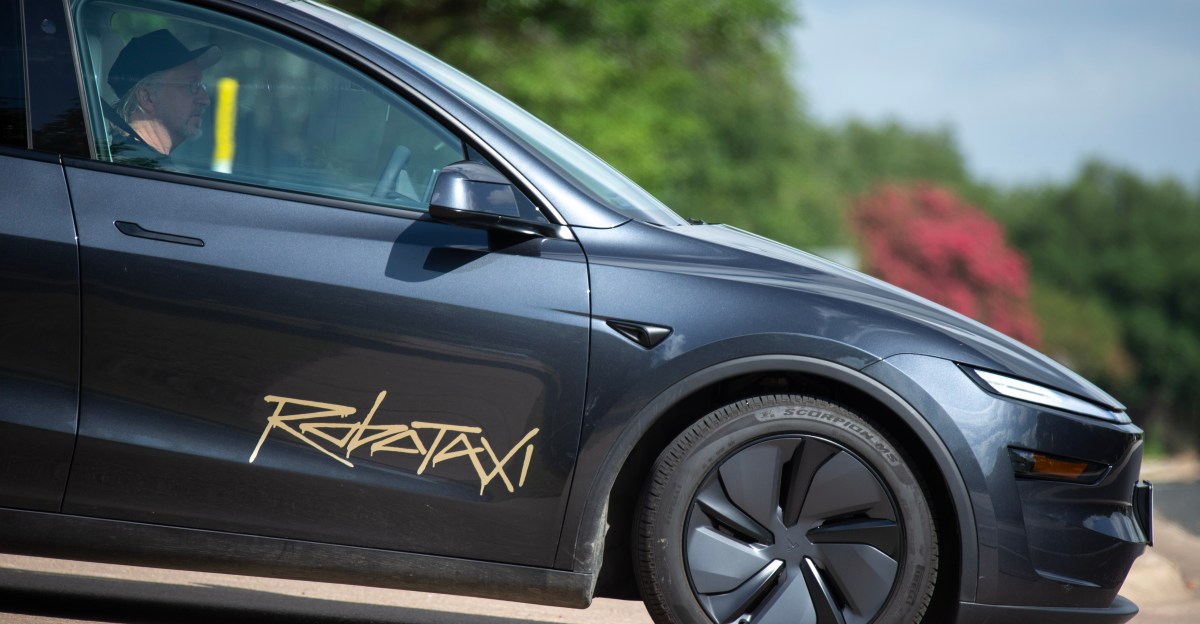
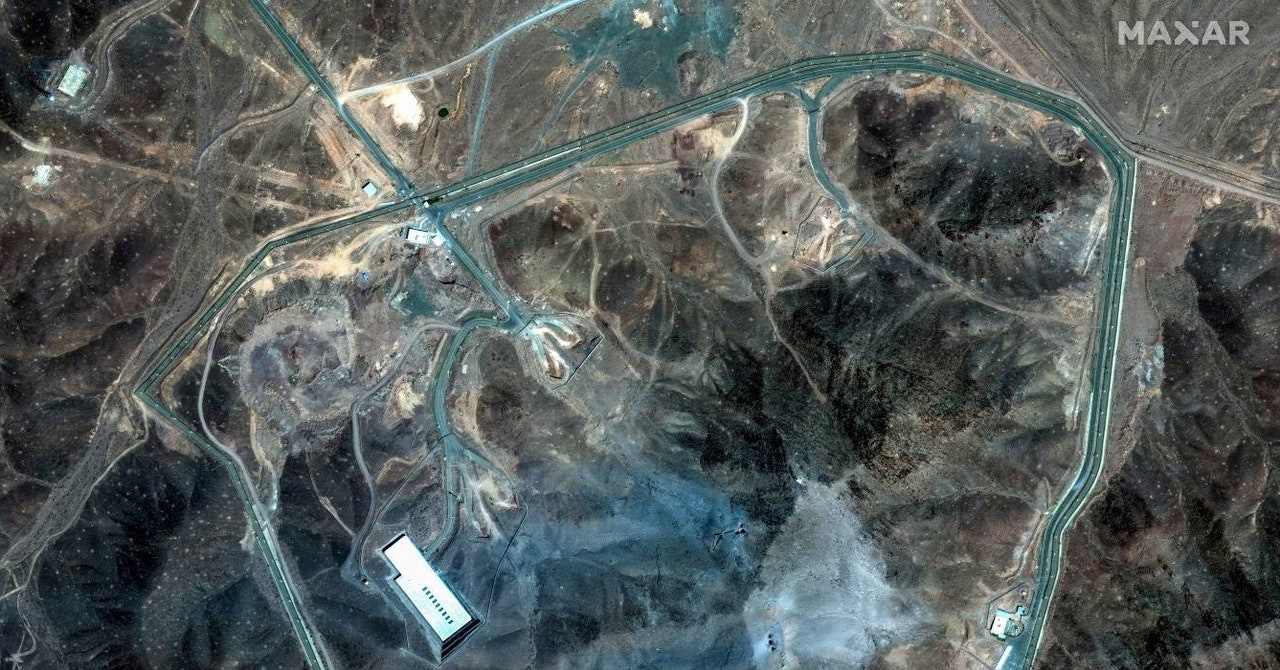

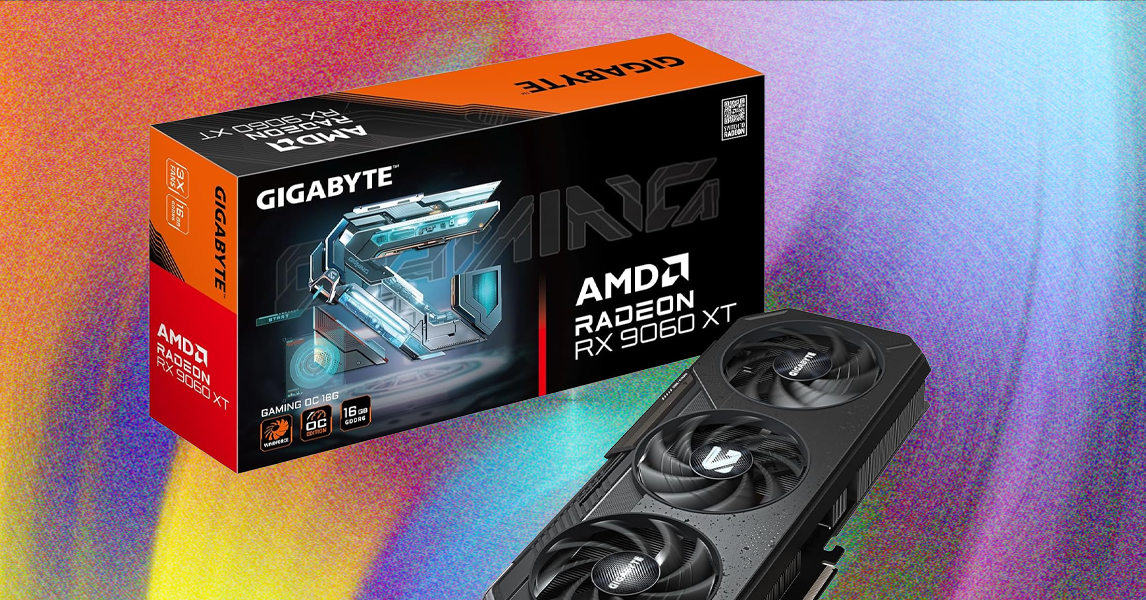


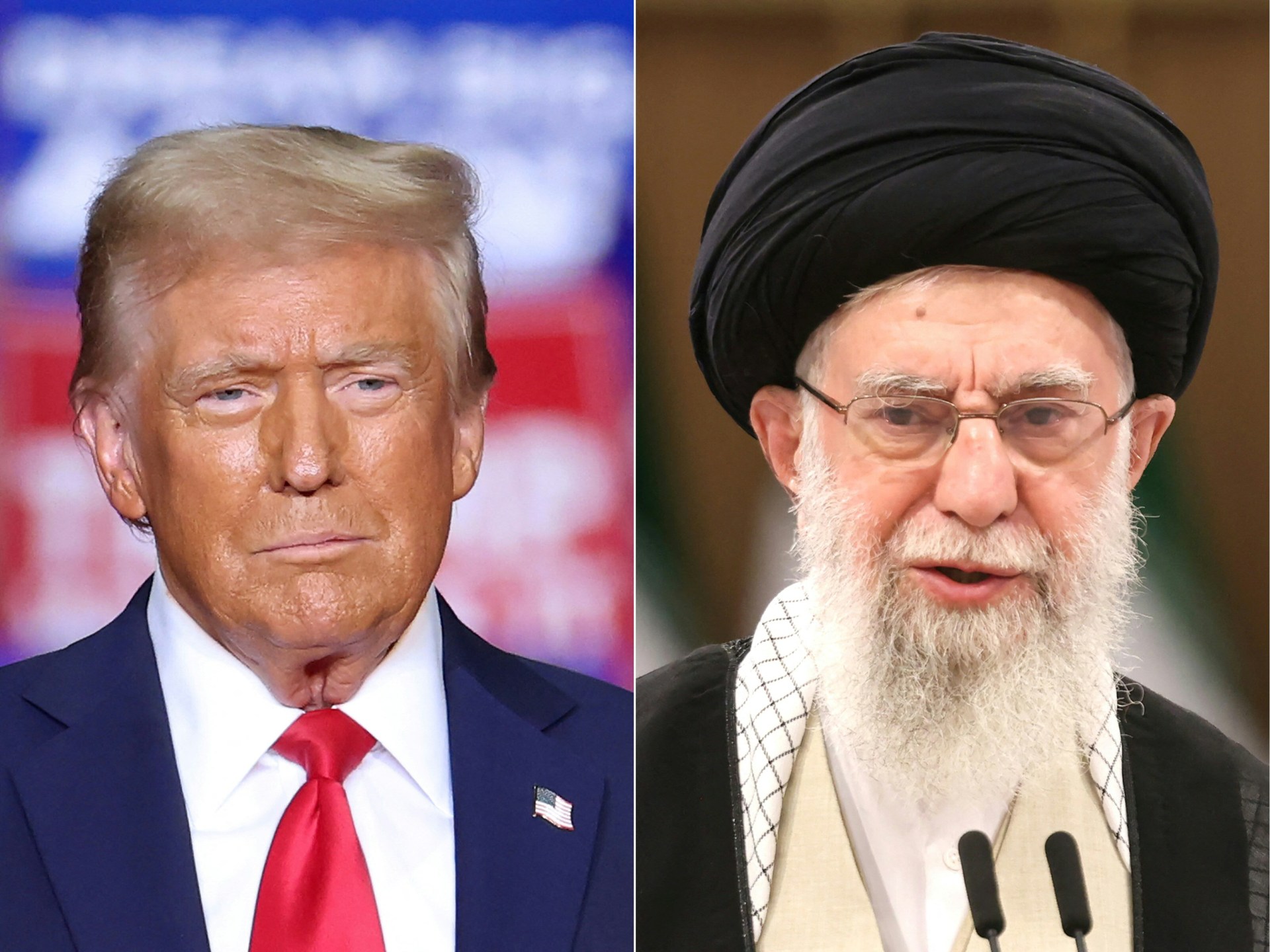

Leave a Reply